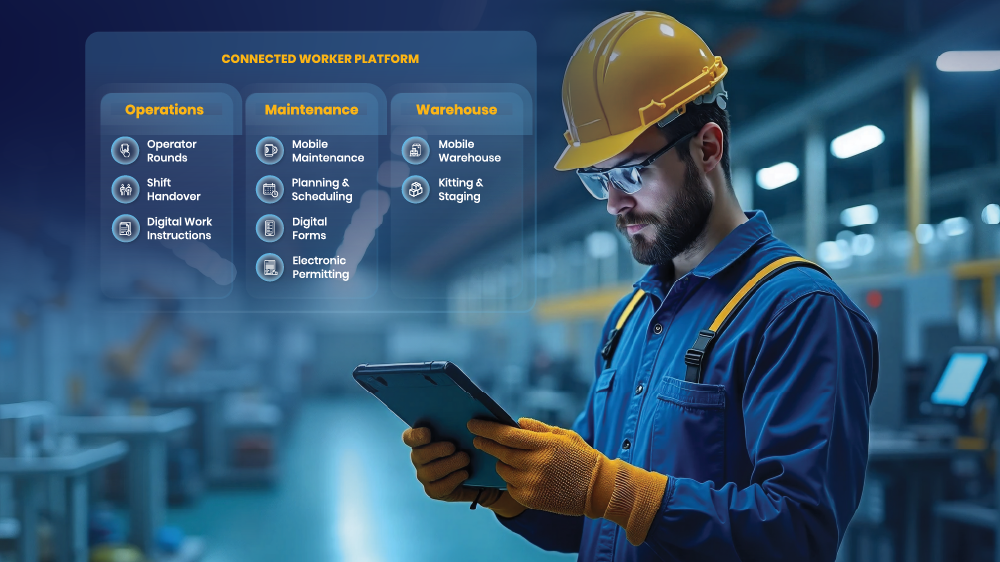How Does Pop-Up Warehousing Work?

Pop-up warehousing, also known as on-demand warehousing, has emerged as a flexible and scalable solution for businesses reassessing their supply chain strategies. With the rapid growth of e-commerce and customer expectations for faster order fulfillment—often termed the "Amazon effect"—the pressure to deliver products quickly and efficiently is stronger than ever. This trend has driven companies to explore on-demand warehousing solutions to remain agile and responsive to fluctuating customer demands.
The Need for Agile Supply Chain Solutions
Today’s business environment is highly dynamic, and traditional warehousing models often fall short in offering the flexibility needed to manage unpredictable market conditions. Pop-up warehouses address key challenges such as sudden surges in demand and operational efficiency. Unlike conventional warehouses tied to long-term contracts, pop-up warehouses are ideal for companies with low-complexity distribution chains. These warehouses help manage seasonal demand fluctuations and allow businesses to serve remote areas that are far from main distribution centers.
In fact, the global on-demand warehousing market is forecasted to reach $25 billion by 2023, according to IBISWorld. This indicates a growing trend toward scalable warehousing solutions that prioritize speed, efficiency, and flexibility.
Benefits of Pop-Up Warehousing
Supply chain leaders who adopt pop-up warehousing enjoy several key benefits, including:
-
No Annual Contracts or Inventory Minimums: Businesses can set up temporary warehouse space without the burden of long-term contracts or excessive inventory minimums, providing a flexible solution for low-complexity operations.
-
Scalable Storage Space: With pop-up warehouses, companies can adjust storage capacity based on real-time demand, making it easier to manage seasonal peaks or unexpected shifts in customer requirements.
-
Guaranteed Shortened Delivery Times: Leveraging mobile warehouse management solutions allows businesses to reduce shipping timelines, ensuring fast and reliable fulfillment, especially for B2B buyers.
-
Optimized Seasonal Operations: Pop-up warehouses help optimize seasonal workflows, leading to increased efficiency, cost savings, and improved customer satisfaction.
Leveraging Digital Transformation for Warehouse Optimization
One way businesses can maximize the benefits of pop-up warehousing is through digital transformation. By integrating mobile inventory management solutions like Innovapptive’s mInventory, companies can achieve real-time visibility across their entire supply chain. This provides the agility needed to respond to sudden changes in demand and reduces the reliance on manual processes that can lead to inefficiencies and errors.
With mInventory, businesses gain:
- Real-time data access via mobile devices, allowing instant visibility into stock levels and warehouse operations.
- Reduced manual data entry, minimizing errors and improving the accuracy of inventory tracking.
- Better planning and scheduling through automated workflows that streamline operations and prevent bottlenecks.
Innovapptive: Your Partner in Pop-Up Warehousing Success
Innovapptive’s mInventory platform is designed to support businesses in implementing efficient and cost-effective warehousing solutions. Whether it’s scaling for seasonal demand or optimizing real-time inventory, Innovapptive’s tools help companies quickly set up and manage on-demand warehouses anywhere, reducing costs and improving order fulfillment times.
mInventory enables businesses to:
- Access real-time data from both desktop and mobile devices, even in offline mode.
- Improve inventory accuracy and prevent costly stockouts or overstocks.
- Achieve faster inventory turns and reduce shrinkage.
Take Your Supply Chain to the Next Level
Are you ready to improve your supply chain operations with on-demand warehousing solutions? Innovapptive’s mInventory can help you navigate today’s supply chain challenges with flexible, mobile-first solutions. Schedule a free demo today to discover how you can set up scalable warehouse operations and optimize order fulfillment.

See It In Action
Schedule a personalized demo to see how our solutions can help your business thrive.
- 29-09-2025
Your Ultimate Guide to Connected Worker
In the rapidly evolving industrial landscape, maximizing plant efficiency and ensuring optimal...
- 20-08-2025
Building the future of Industrial Operations with Innovapptive and AWS
Most manufacturers have already gone digital. Yet business outcomes haven’t moved in step. Many...
- 22-04-2025
The $3.6B Unlock: Solving the Chemical Industry’s Labor Crisis and EBITDA Pressure in One Move
“Constraints don’t slow innovation—they force it.”


